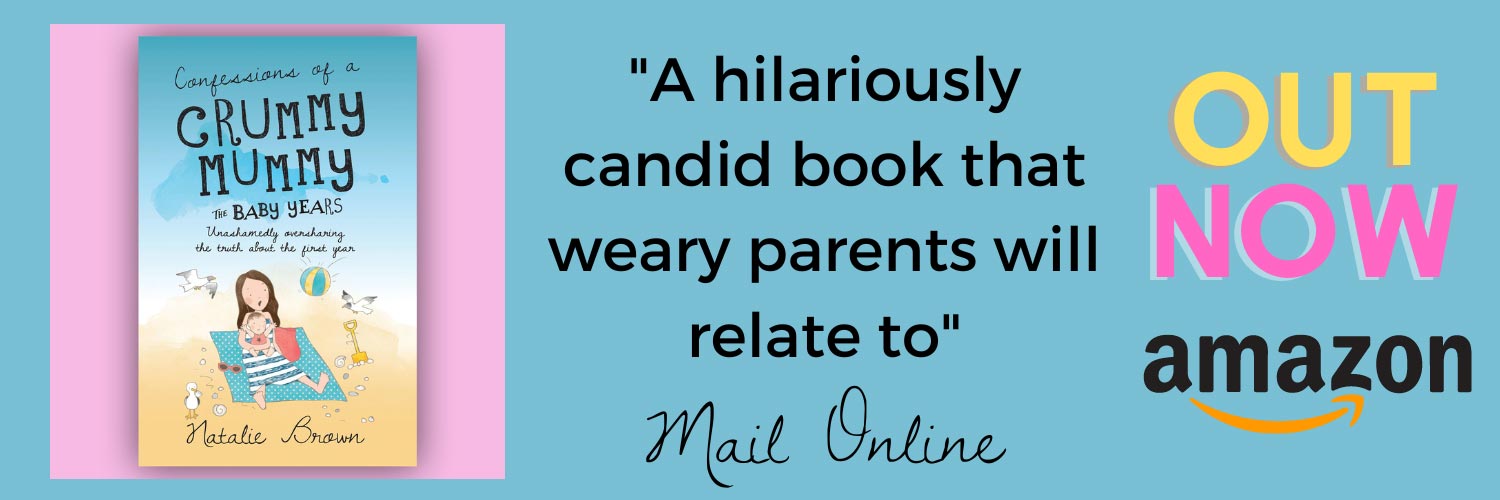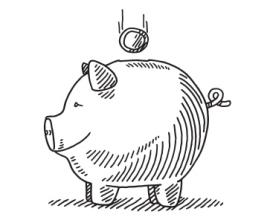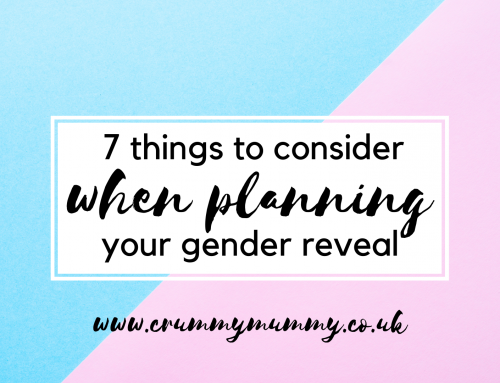Getting a pension and making a will. Those are top on my list of life admin which I’ve been vowing to get round to for years, but haven’t. And with the election results now coming through, it’s a timely time to revisit the issue.
With the exception of a tiny pension I earned while working at a newspaper – and of course the state pension (also tiny) – I’ve got a vague idea that you’re supposed to halve your age, and that’s the percentage of your monthly income you ought to be putting away for retirement. Eeek.
While this routinely haunts me, I’ve still done absolutely nothing about it. Apparently retirement is one of the biggest social issues of today according to Skipton Building Society, and mums are among the hardest hit owing to career breaks and reduced hours in order to be mums.
So when Mumsnet asked me to review Skipton’s new retiresavvy website I inwardly blanched at the idea – facing the facts is scary – but knowing I can’t really bury my head in the sand about the whole thing for much longer I knew it would be good for me to take a look.
One reason I find the whole idea of penions and retirement scary is that being self-employed it’s all down to me to fund my retirement – there’s no workplace pension and employer contributions to fall back on.
The retiresavvy website features a really useful section about retirement planning for the self-employed like me, covering everything from how to set up a traditional pension fund to using a property portfolio as a means of income, and it’s written in normal non-financial language even I can understand.
The advice about how much to save – ‘pay as much as you can afford and start early’ – is reassuring, but the numbers are scary:
“If you started paying £150 a month into your pension when you were 20 and retired at 65, assuming your fund grew by an average of 5% a year, it would be worth almost £300,000.
Start paying the same £150 a month from age 40 and assuming the fund will grow at the same 5% a year, it would give you a pension pot of just under £90,000.”
This is why I’d rather bury my head in the sand about the whole thing. I’ll be 35 this year and with two pre-schoolers and nursery fees putting £150 aside each month is easier said than done. Eeek eeek eeek.
But there are upsides. What I didn’t realise until looking into it was that a self-employed person who is a basic rate tax payer can actually get an extra 20% added to their pension contributions through tax relief.
There’s a section on retirement planning for families, a ‘jargon buster’ with key pension terms and their meanings, suggested questions to ask a financial adviser and a guide to pension changes based on the latest budget.
(And of course when you retire, your income is likely to drop, meaning you might need to find creative ways to increase your available funds. A home loan is one option when you need quick funds, and you could opt for a reverse mortgage. A reverse mortgage is a special home loan designed for retirees. When you apply for such a reverse-loan the lender will calculate your home equity and give you funds based on a percentage of that equity. Such loans are flexible both in how you can spend the money you receive and in terms of repayment requirements. However, you will have to repay the full balance quickly if you ever stop using the home as your primary residence).
So while I still haven’t actually done anything about taking out a pension or making a will, at least I’ve looked into it now and feel a bit more in-the-know about what I need to do.
I’m still hoping that lottery ticket will come in though…
I was asked to review retiresavvy.skipton.co.uk by Skipton and the Mumsnet Bloggers Network. All views are my own. I was entered into a prize draw to win vouchers as a token of thanks for blogging. You can view other blogs on this topic here: https://www.mumsnet.com/bloggers/retiresavvy-portal-what-our-bloggers-thought-


























Leave A Comment